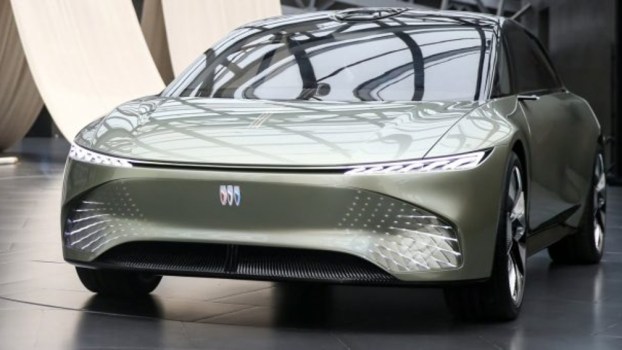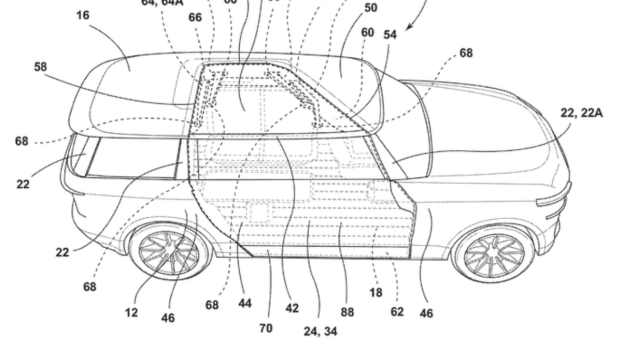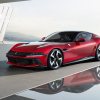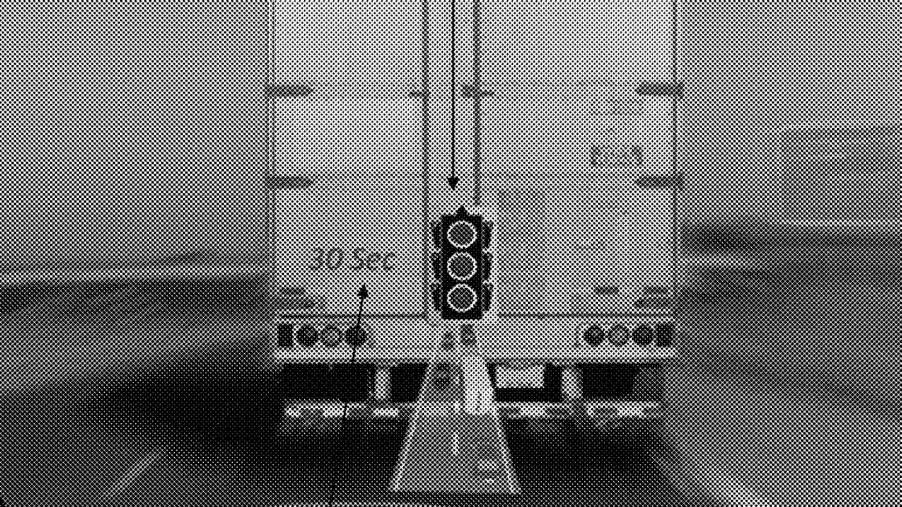
Bizarre GM Patent Shows New Tech That Sounds A Lot Like X-Ray Vision
Frankly, sharing the road with semi trucks, dump trucks, busses, or other large commercial vehicles sucks. While it’s a simple necessity, driving can make navigating these big boys a chore. GM has had enough and decided that if we have to share the road with these behemoths, we should at least be able to see through them. Huh? Wait, what? That wouldn’t have been my first guess to make this situation easier. Nevertheless, GM says it has new tech that lets drivers see through other, larger vehicles. X-Ray vision, baby!
GM creates X-Ray vision
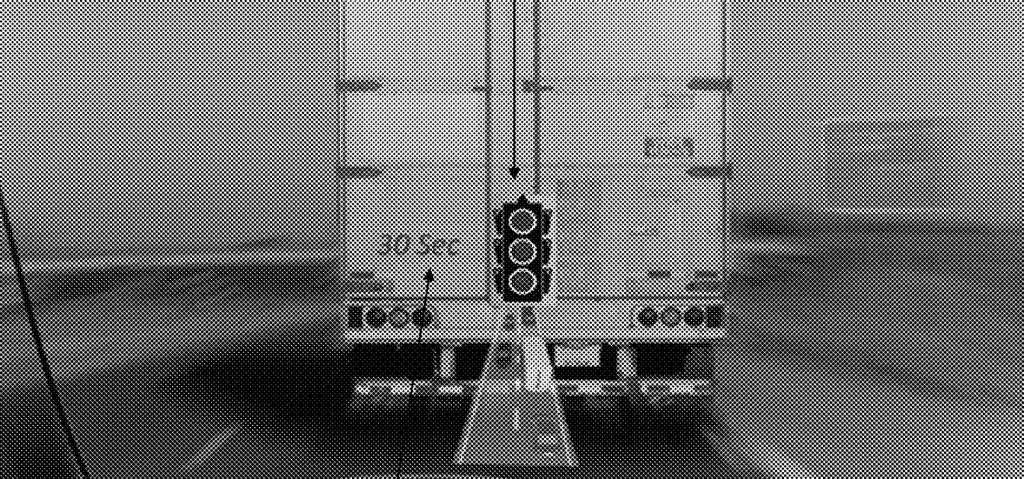
Of all the things that make large commercial vehicles tough to share the road with, being stuck behind one at a stop light isn’t the worst, but it can be pretty annoying. That said, the situation does get a little hairier when following a large semi and you accidentally run a red because the truck blocked you from seeing it change. GM just patented new technology that it says can let drivers see through other vehicles that can block traffic lights.
The idea is complicated. GM says the new tech requires a mix of installed hardware available on next-gen cars and new, advanced software processing abilities to project what is happening in front of the vehicle in front of you through an “augmented reality screen.” Whoa.
GM feels the risk of having a light change sneak up on you because of obscured vision is bad enough to go to task. General Motors believes its “traffic light visibility detection and augmented display” patent could address this risk.
How would something like this work?
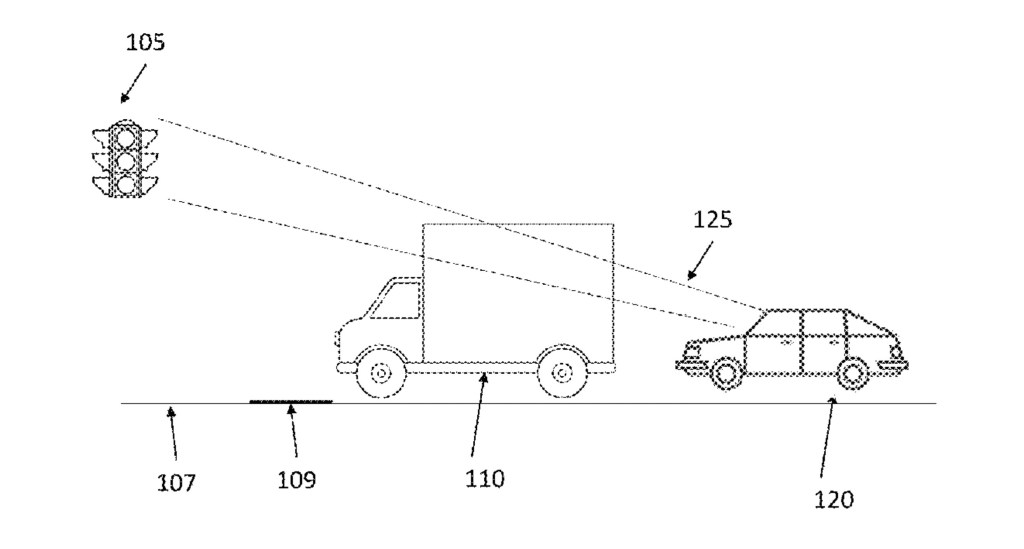
It’s complicated but not that complicated, at least in theory. GM says that for this to work, the vehicle must know every traffic light. That feels like a lot to ask of a car, but GM says that navigation systems, onboard cameras, and integrated smart infrastructure on a municipal level could make this possible. The new patented tech would take all this information and bring it to one place to “see” what each upcoming traffic light is doing. There’s an old saying that goes, “Sufficiently advanced technology will appear to us as magic.”
Here’s where it gets wild. Based on the sat-nav data regarding traffic lights, the car will already be prepared to look for traffic lights when approaching the intersection. Onboard cameras, including a LiDAR system, will scan the vehicle in front of you. This is to determine its dimensions and “decide” whether it will obstruct your field of view—the X-Ray vision steps in if the system determines that the traffic light is blocked.
Ok, calling it X-Ray vision is probably a little Tesla-y of me, but the results are basically the same thing. Instead of letting you literally see through trucks, the system would transmit the data from the traffic light to an augmented reality screen, showing you what the light is doing in real time. This would allow you to approach an obscured intersection with confidence.
Can GM gather all traffic light data?
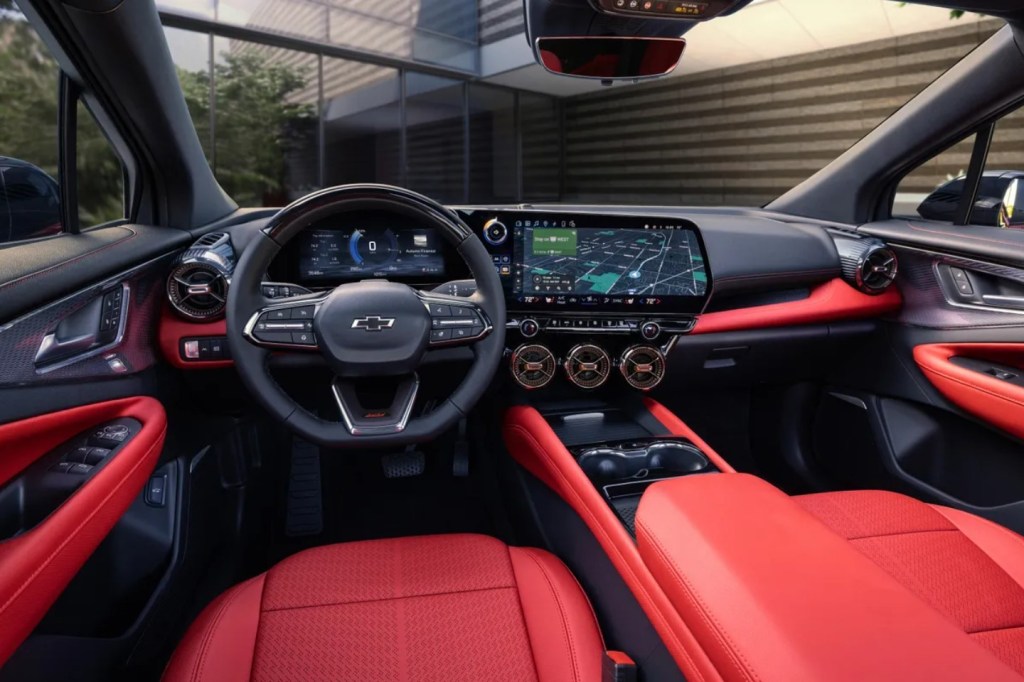
GM admits this is a heavy undertaking. The system would require permeant access to stoplight data. Autoevolution points out that GM’s system would require cars to communicate with each other. This is an interesting point. We already see a version of this with apps like Wayz. This means that even if you get blocked by a bruiser, your car could communicate with another car at the same intersection that can clearly see the light.
As cool as this idea is, this feels like an awful lot of work and development to deal with a slight annoyance. Something tells me this tech could have farther reaching implications. Speculation aside, just because GM filed the patent for this future tech doesn’t mean the automaker plans to use it. Car companies are notorious for patenting something just so no one else can.
